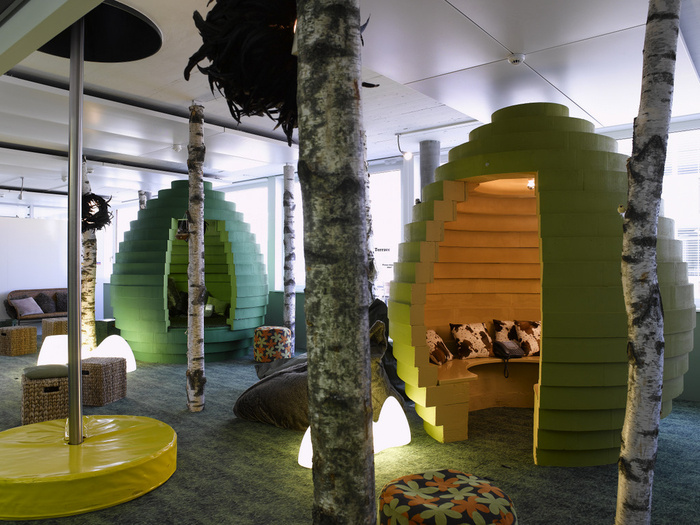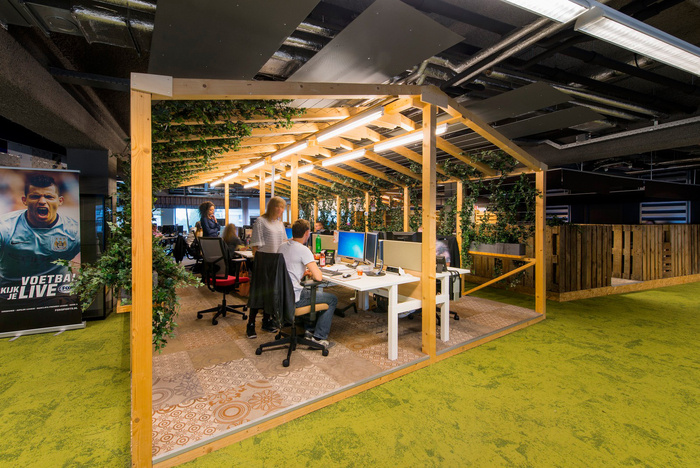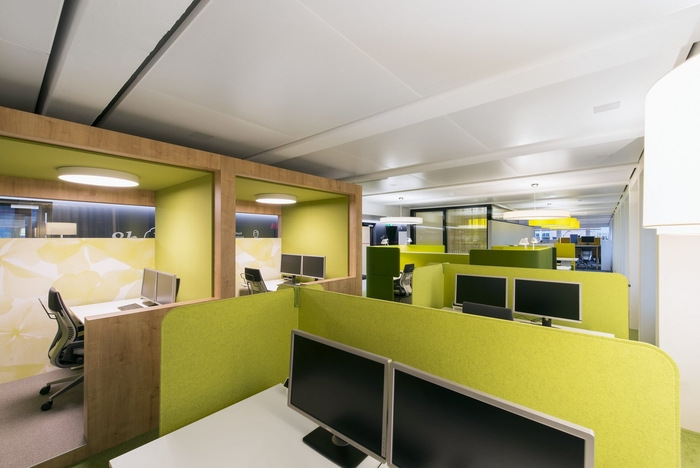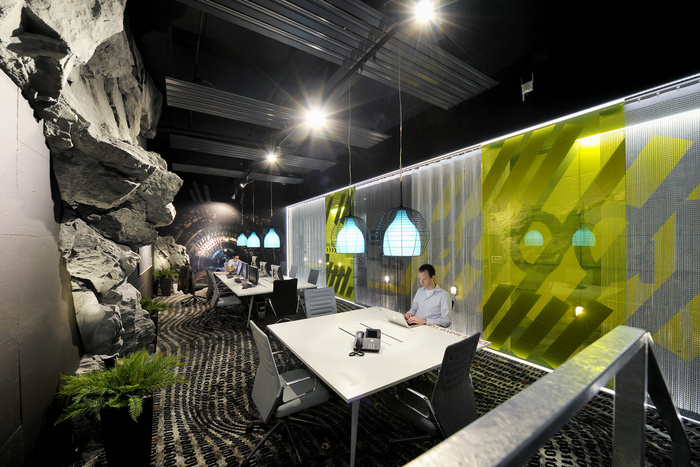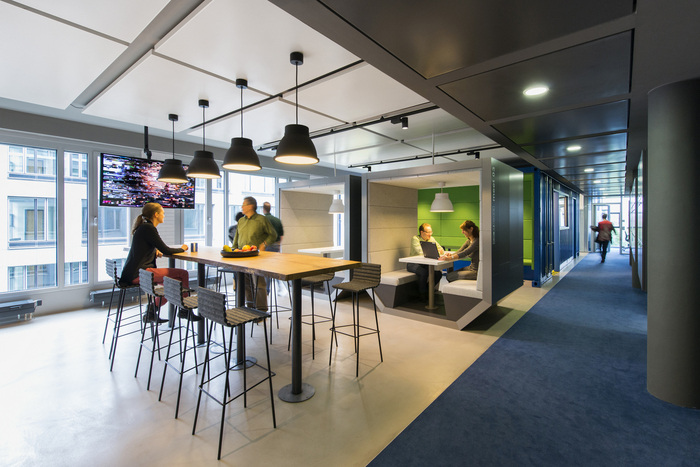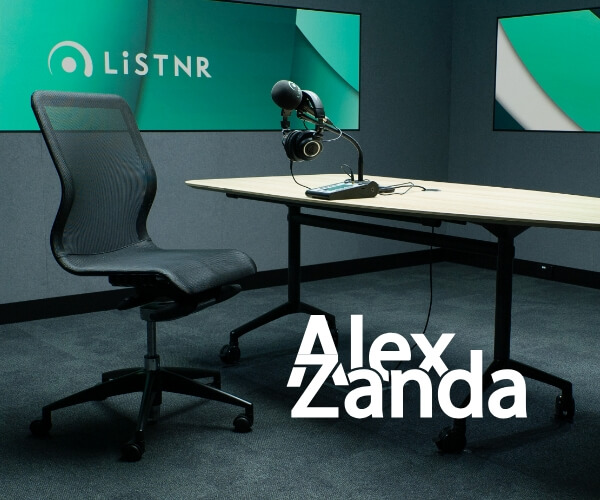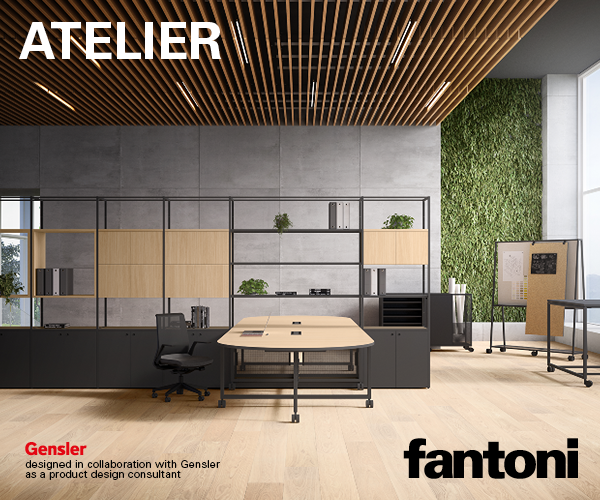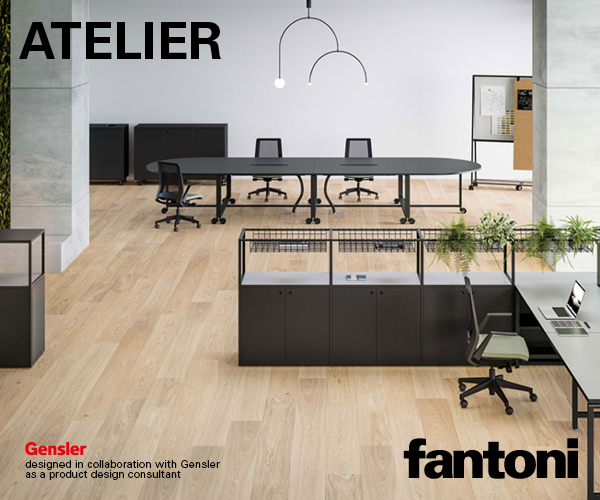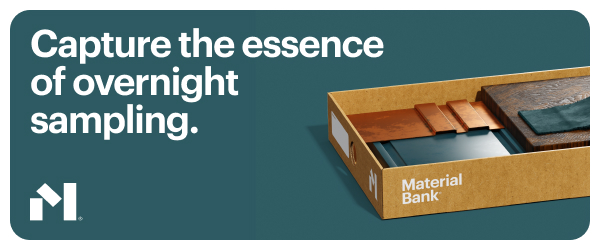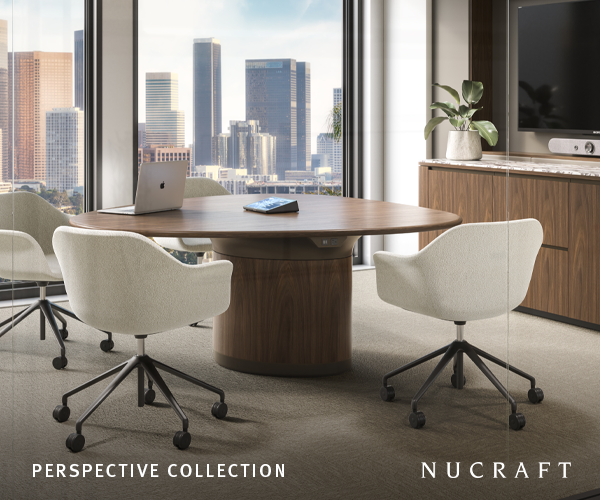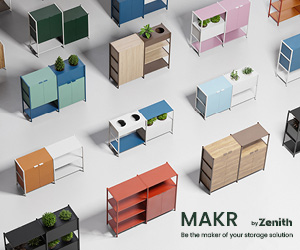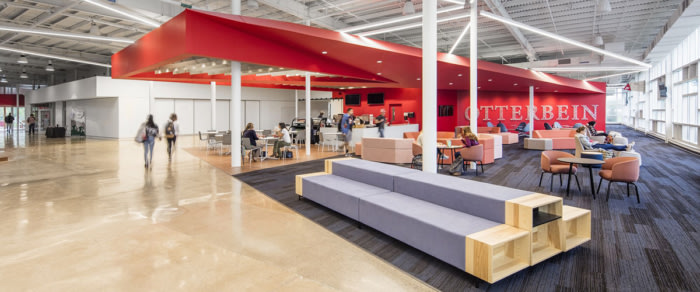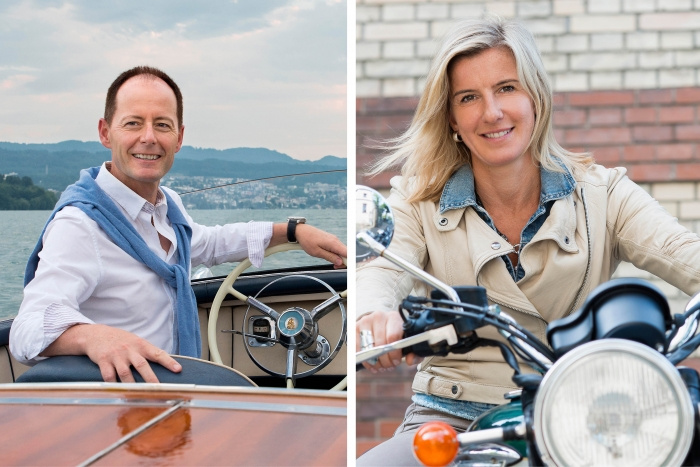
The Intro: Getting to Know Evolution Design
Founded in 2004, Evolution Design is a young and globally active architecture studio from Switzerland led by Stefan Camenzind and Tanya Ruegg (pictured above left to right).
You know Evolution Design as the name behind the offices of companies like Google, Unilever, and VodafoneZiggo. We recently had a chance to catch up with them in order to learn more about their practice, to shed a little light on office design in Switzerland (and Europe as a whole), and to hear their opinions on the changing models of workplace design.
Can you give our readers a bit of the origin story of Evolution Design? How did you get started designing offices?
Stefan Camenzind: Google Zurich was our first ever office design and when we started the project we had no clue about ‘office design’. This was the best possible starting point as it allowed us to not approach it with preconceived ideas, but to have a fresh look at why we actually need offices and what they are supposed to do for us.
Tanya Ruegg: We developed a user-inclusive design process, always making sure that the office serves foremost the needs of the users and fully supports them in their daily activities and strive for excellence. Additionally we did not just create a ‘funky’ design, but developed a unique architectural identity for Google that was based on their culture, vision and values. Afterwards it was known all over the world as ‘Googly design’.
Above: Informal meeting area from Google Zurich offices (view project)
We first published your well-known Google Zurich project back in 2008. In what ways has office design developed and changed during the last 10 years? How has your firm changed since then?
SC: These mentioned principles which we developed first for Google Zurich are still to this day the foundation of any project. But over the years we have become much smarter how we collect precise data and how our clients can continue collecting data in order to keep the office relevant and exciting for the staff.
Furthermore, we learned that as important collecting data is, it is just as important to take people onto the journey of change. We therefore spend today even more time in the change process than in the data collection and analysis process. Doing both very well is crucial for projects to be successful.
TR: And, of course, we also help companies to develop their own strong architectural identity based on their unique culture and values, which afterwards is reflected in the office design being their strong identification point. So don’t just copy Google, if you’re not Google – stay unique as you are!
Above: Greenhouse workspace from VodafoneZiggo call centre (view project)
How does designing an office space for a tech company like Google compare to a call center for VodafoneZiggo?
SC: VodafoneZiggo was a super interesting challenge and the concept we developed is the next level up from Activity Based Working (ABW) – it is ‘Activity & Needs Based Working ‘ (ANBW) concept. One of the big challenges all call centers have is the high fluctuation rate of staff, which leads to high costs of hiring and training. It was therefore one of the project’s goals to create a workplace concept which would help to increase staff retention.
TR: As call center work is very regimented and can be highly stressful we created a workplace concept which gives people not only a functional workplace, but also a great choice of different atmospheric work environments. This directly caters for their emotional and social needs – hence ANBW – and gives them extra empowerment at work. In fact, together with other organizational changes, this clearly led to a much better retention rate of staff. And of course it should not cost too much, so we had to be particularly inventive on how to create an ANBW concept on a rather low budget.
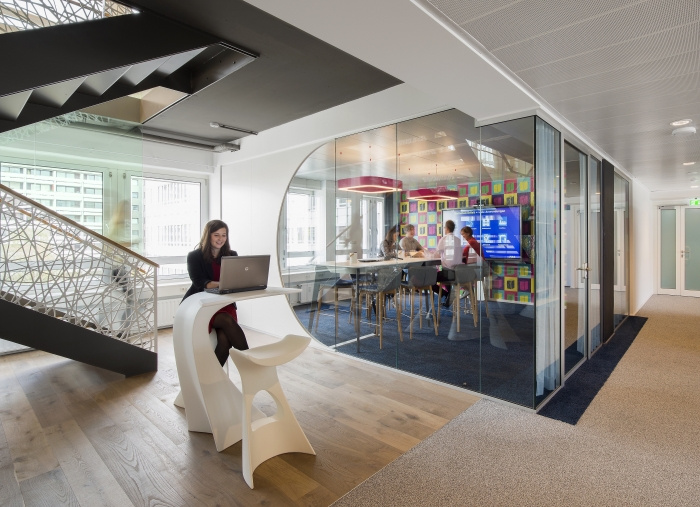 © Peter Wüermli
© Peter WüermliAbove: Collaboration room from recently completed PULS HQ in Munich
Having designed offices in Germany, The Netherlands, Switzerland, Ireland, and Moscow can you give us an idea of some common themes in European office design?
TR: The good news is that we are all humans and our needs at work are not as different as one might think. In our experience the differences are far less by country or region, but much more driven by company culture and vision. Some common themes are:
– people want to feel at home at work and identify with their work place
– work is not just work, people also like to socialize at work
– everyone needs some space where they can work in peace and quiet
– the open plan office is not working – people need either space to work in teams or space to work fully concentratedAre there any traits of European office design, which the rest of the world can learn from? Are there any ideas found elsewhere in the world you wish would find their way to Europe?
SC: I’m not sure if office design should be driven by ‘ideas’ from others. Adapting ideas from others is looking backwards and reacting to the competition, rather than looking forward and spending some serious time thinking of what your company needs to be doing in order to be successful in the future. Being unique is becoming more crucial in the global competition.
Above: Quiet working area from PwC Basel offices (view project)
Can you each describe your ideal work environment?
TR: It totally depends for what kind of work. Is it teamwork on a project or some routine work or very concentrated thinking. The ideal work environment is the one which supports you best in what you are doing, so it could never be the same one for all types of work. A lot of the creative thinking that I do is for example while jogging in the woods – that’s one of the environments.
SC: For me personally the ideal work environment is one that is ‘giving’ me what I need when I need it and let’s me ‘do’ what I want to, when I want to do it. But it must also stimulate me when I need it and help me to calm down and relax me when required.
Above: Focused working area from Google Zurich offices (view project)
When you’re not working, where would we most likely find you?
SC: For both of us work is a lot about thinking so we love to balance this with doing – so you will find me on the weekend very much out there in nature, be it climbing and hiking in the mountains or sailing or chilling on the lakes of Switzerland. And in between I love to combine this with being inspired by traveling.
TR: It’s the same for me. I love the mountains and the lakes – kite-surfing, snowboarding, motor-biking and after a good day out tasting some wonderful wines with friends in the evening.
Above: Informal meeting area from ZEB Munich offices (view project)
What other projects is Evolution Design currently working on?
SC: We have been working on a huge 2 million square feet campus for Flipkart in Bangalore, India – a city in the city. Flipkart is a super innovative e-commerce company which wants to take the workplace to the next level in India. We are also developing a new Micro Apartment concept, but very much as a consumer product and not as an architectural project. It is super interesting how space, technology, people, emotions and desires are coming together in the built environment.
TR: We are also developing several school projects and working on a project in China where we take the principles of ANBW to the factory floor in order to create much better connectivity between administration and production. The world is changing fast and with it, new and interesting challenges are always just around the corner.
Thank you!
You can connect with Evolution Design on their website, on Facebook, Twitter, Instagram, LinkedIn, and browse their projects on Office Snapshots.
